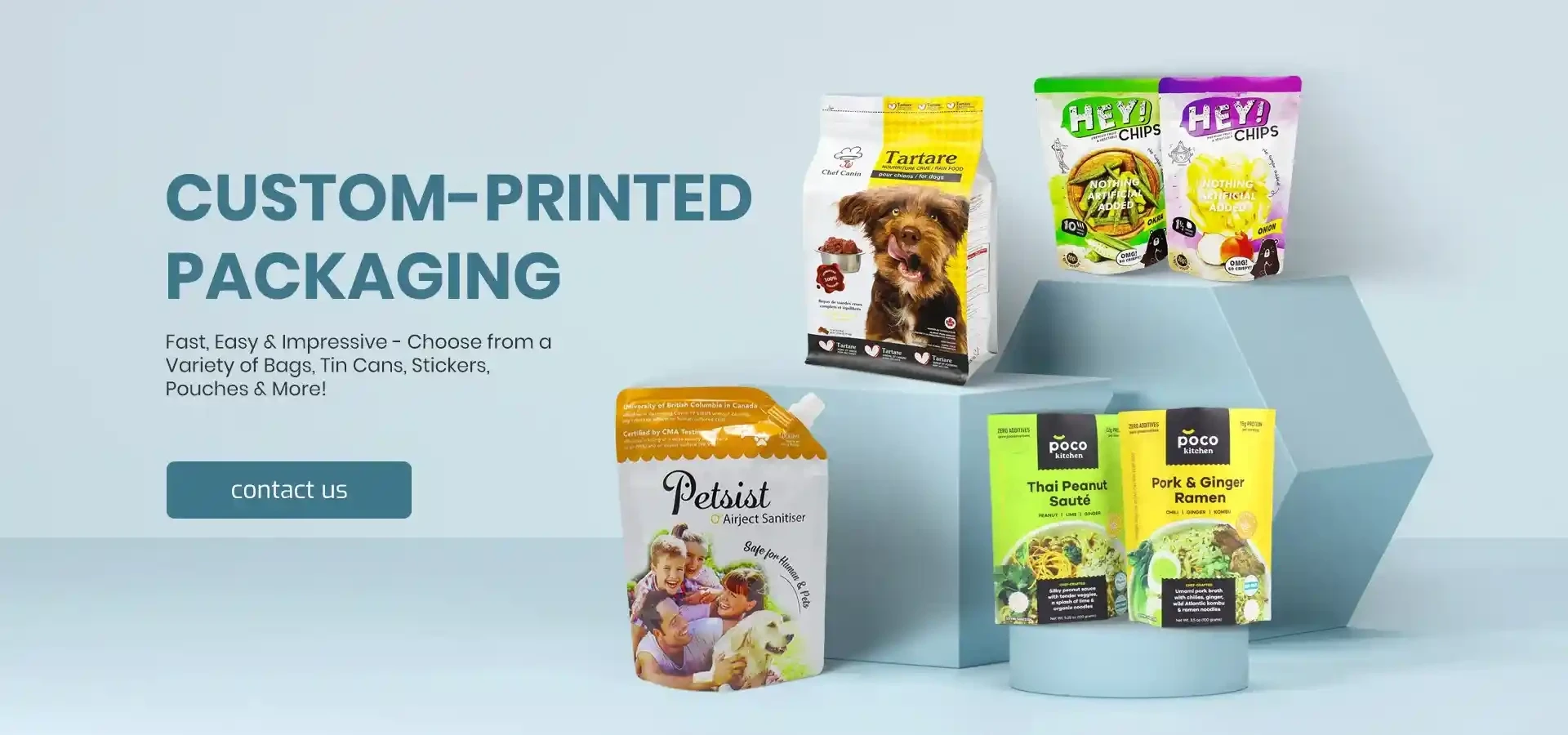- Afrikaans
- Albanian
- Amharic
- Arabic
- Armenian
- Azerbaijani
- Basque
- Belarusian
- Bengali
- Bosnian
- Bulgarian
- Catalan
- Cebuano
- chinese_simplified
- chinese_traditional
- Corsican
- Croatian
- Czech
- Danish
- Dutch
- English
- Esperanto
- Estonian
- Finnish
- French
- Frisian
- Galician
- Georgian
- German
- Greek
- Gujarati
- haitian_creole
- hausa
- hawaiian
- Hebrew
- Hindi
- Miao
- Hungarian
- Icelandic
- igbo
- Indonesian
- irish
- Italian
- Japanese
- Javanese
- Kannada
- kazakh
- Khmer
- Rwandese
- Korean
- Kurdish
- Kyrgyz
- Lao
- Latin
- Latvian
- Lithuanian
- Luxembourgish
- Macedonian
- Malgashi
- Malay
- Malayalam
- Maltese
- Maori
- Marathi
- Mongolian
- Myanmar
- Nepali
- Norwegian
- Norwegian
- Occitan
- Pashto
- Persian
- Polish
- Portuguese
- Punjabi
- Romanian
- Russian
- Samoan
- scottish-gaelic
- Serbian
- Sesotho
- Shona
- Sindhi
- Sinhala
- Slovak
- Slovenian
- Somali
- Spanish
- Sundanese
- Swahili
- Swedish
- Tagalog
- Tajik
- Tamil
- Tatar
- Telugu
- Thai
- Turkish
- Turkmen
- Ukrainian
- Urdu
- Uighur
- Uzbek
- Vietnamese
- Welsh
- Bantu
- Yiddish
- Yoruba
- Zulu
barrier film
The Role of Barrier Films in Modern Applications
Barrier films are innovative materials that have gained significant attention in various industries due to their unique properties and multifaceted applications. These films, typically composed of polymers, can have distinct characteristics that make them capable of providing protection against environmental factors such as moisture, gases, and other contaminants. As technology continues to advance, the importance of barrier films is becoming more pronounced in sectors such as packaging, pharmaceuticals, electronics, and construction.
One of the primary functions of barrier films is to extend the shelf life of products, particularly in the food industry. Traditional packaging methods often fall short in preventing spoilage caused by oxygen and moisture exposure. Barrier films, however, are engineered to resist the permeation of these elements, thereby preserving the freshness and quality of food items for a longer period. For instance, multilayer films that combine different materials can achieve enhanced barrier properties, making them ideal for packaging perishable goods such as meats, dairy products, and baked items.
In the pharmaceutical industry, barrier films play a crucial role in ensuring the efficacy and safety of medications. Many pharmaceuticals are sensitive to moisture, oxygen, and light, which can degrade their active ingredients. Barrier films can provide an effective protective layer that safeguards these drugs from environmental damage, thereby ensuring that they remain potent until they reach the consumer. Additionally, in the development of drug delivery systems, barrier films are utilized to create controlled-release mechanisms, allowing for precise dosing and improved therapeutic outcomes.
barrier film

Electronics is another field where barrier films are making substantial contributions. As devices become increasingly compact and sophisticated, the need for effective moisture and gas barriers becomes critical. For example, OLED (Organic Light Emitting Diode) displays require exceptionally low moisture permeability to ensure their longevity and performance. Barrier films are integrated into the packaging of these displays to protect them from humidity and oxygen, which can cause malfunction or degradation over time. Moreover, barrier films are also used in flexible electronic devices, where lightweight and durability are essential.
The construction industry has also recognized the benefits of barrier films, particularly in enhancing energy efficiency and building durability. In modern architecture, the use of barrier films as part of the building envelope helps to prevent air and moisture infiltration, which can lead to structural damage over time. These films contribute to better insulation, thereby reducing energy consumption for heating and cooling systems. Furthermore, they help in mitigating issues related to mold and mildew, promoting healthier living environments.
The development of barrier films is a testament to the advancements in materials science and engineering. Researchers are continually exploring new polymeric materials and techniques to enhance the performance of these films. Innovations such as bio-based barrier films, which are derived from renewable resources, are gaining traction as industries strive for sustainability. These eco-friendly alternatives not only provide the necessary protective qualities but also reduce the environmental impact associated with conventional plastics.
In conclusion, barrier films are indispensable in the modern world, serving a critical role in a diverse array of applications. Their ability to protect products from moisture, oxygen, and other contaminants helps extend shelf life, safeguard pharmaceuticals, enhance electronic device performance, and improve building efficiency. As technology evolves, the applications of barrier films will likely expand further, driving advancements across multiple sectors while also paving the way for more sustainable practices. The future of barrier films is bright, and their continued development will undoubtedly lead to significant benefits in both industry and daily life.













